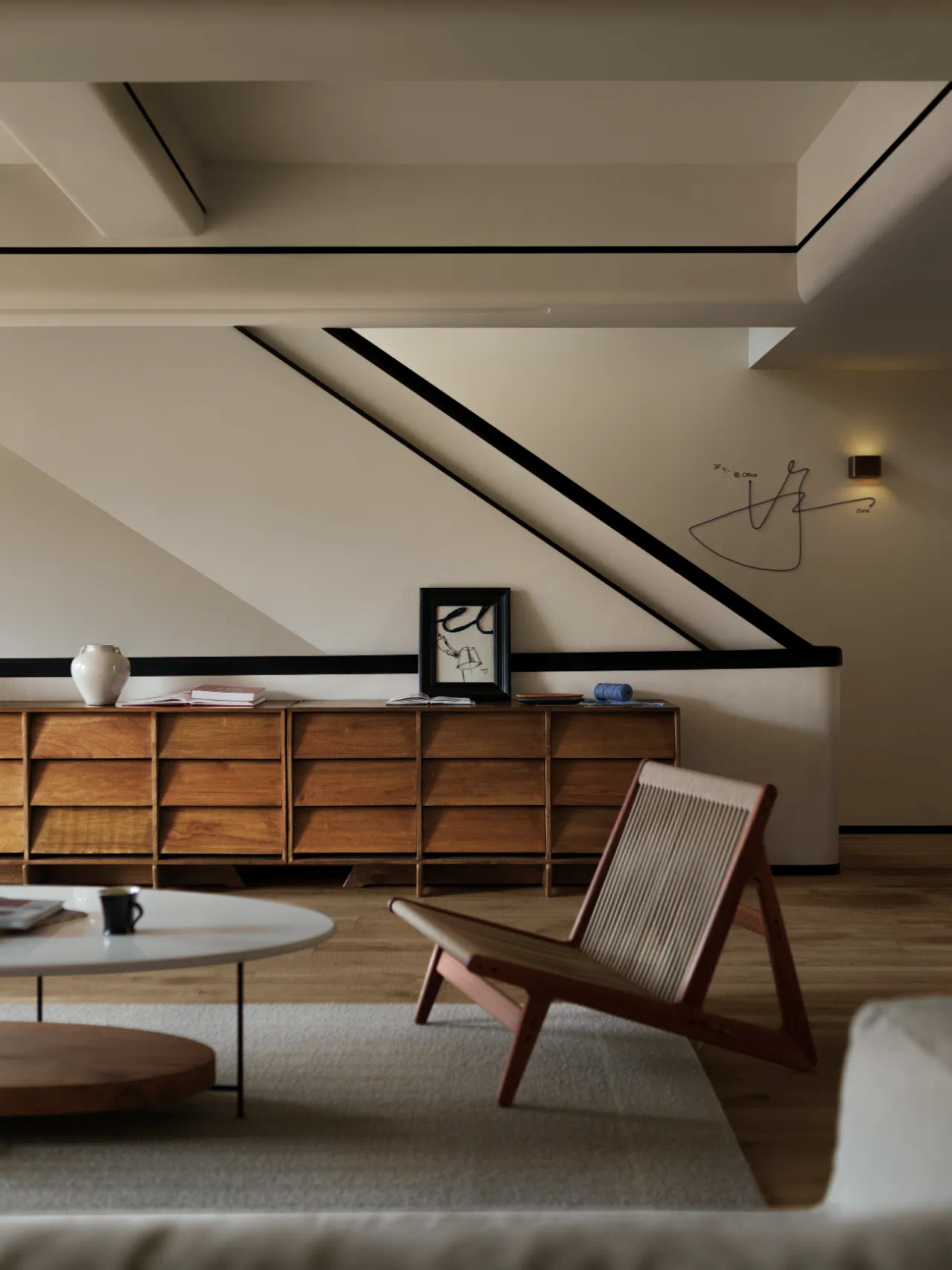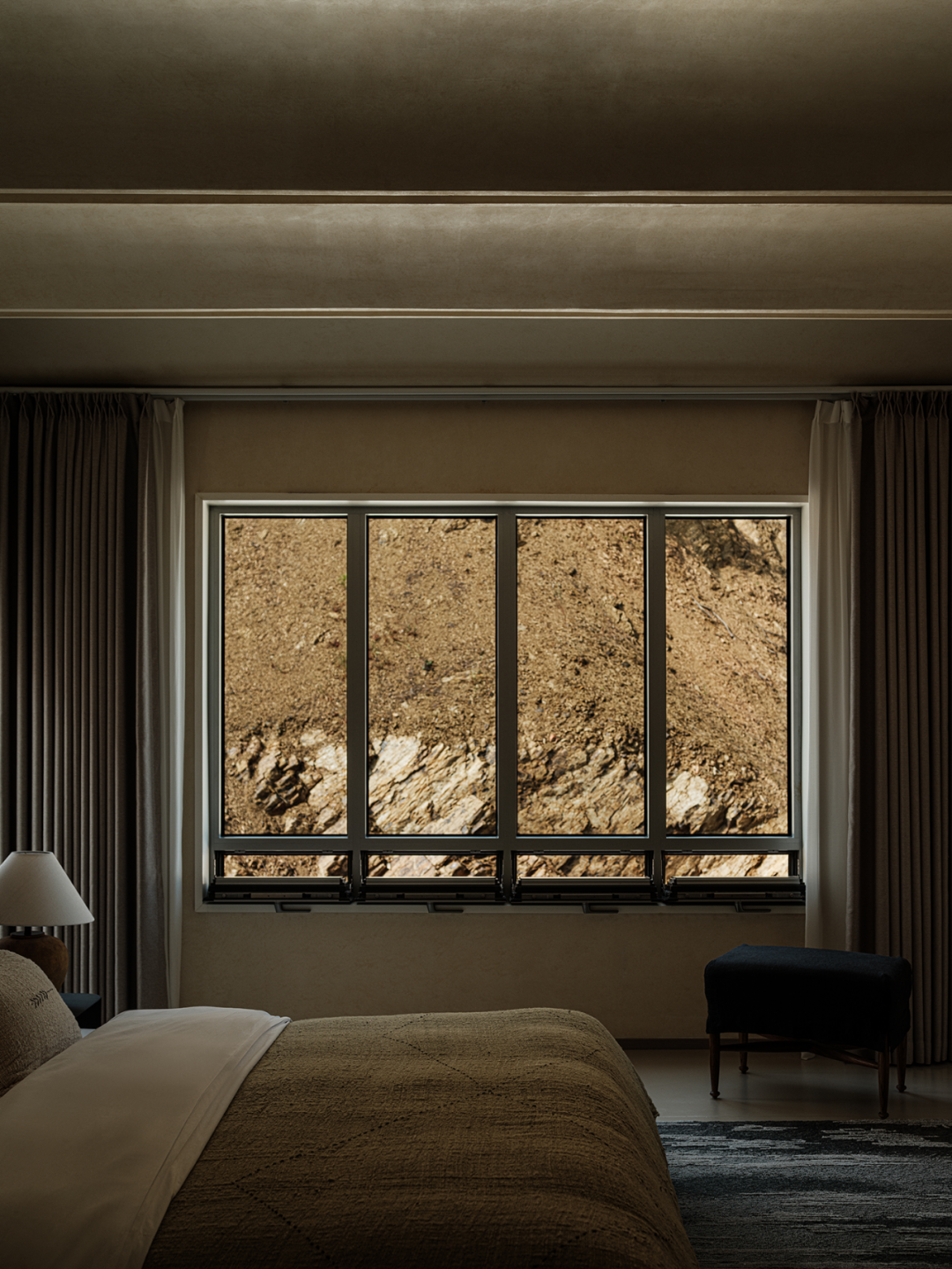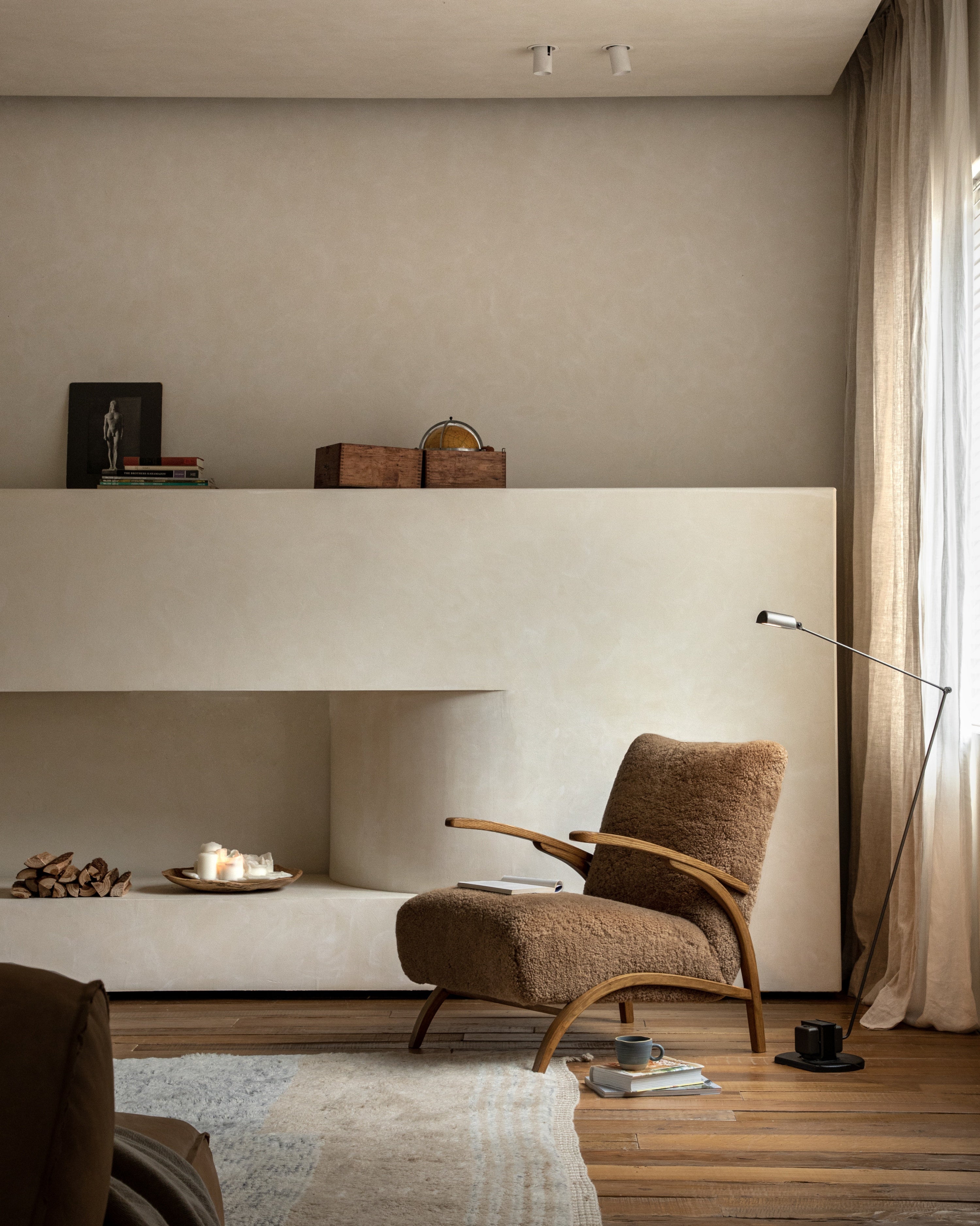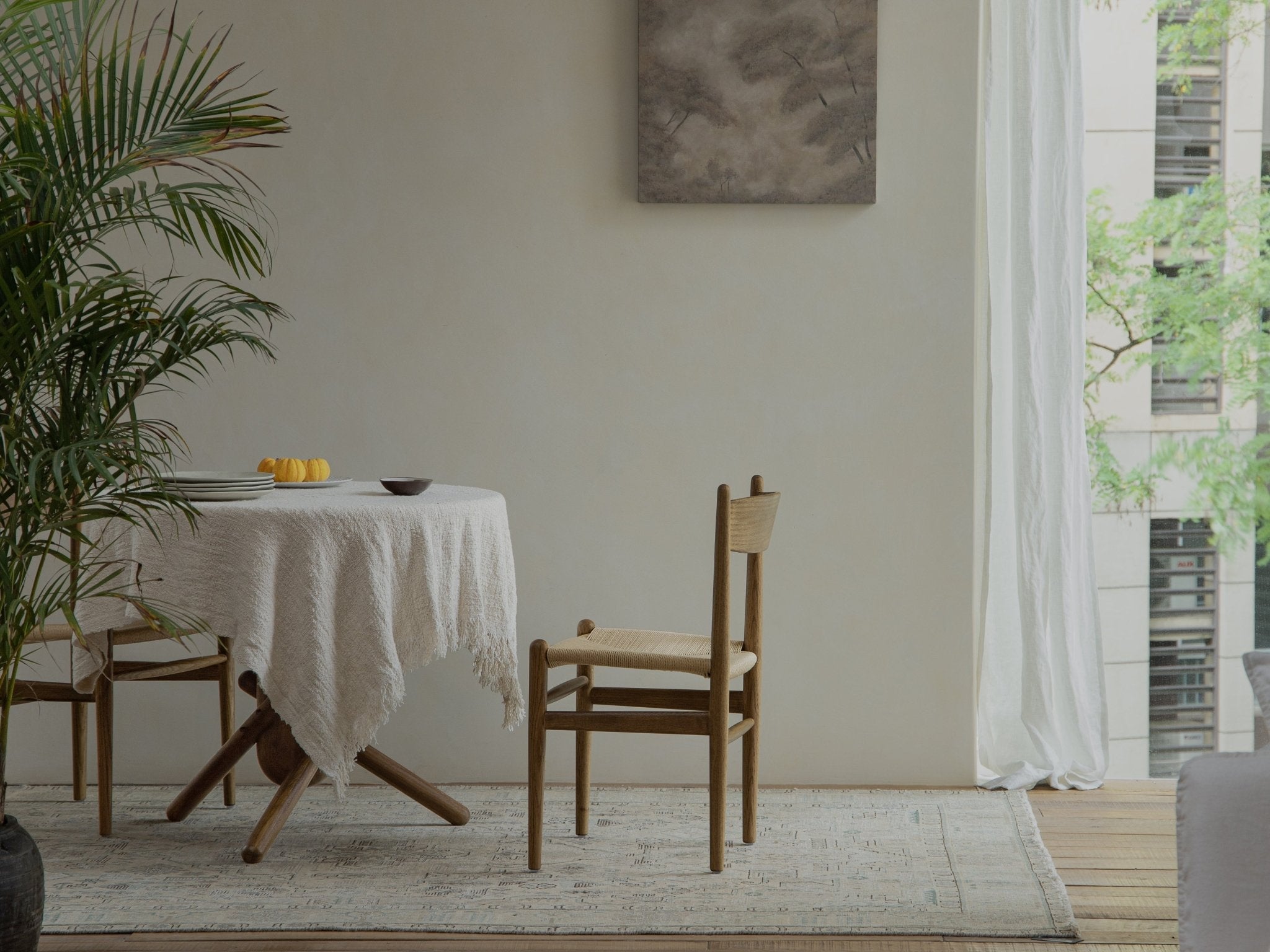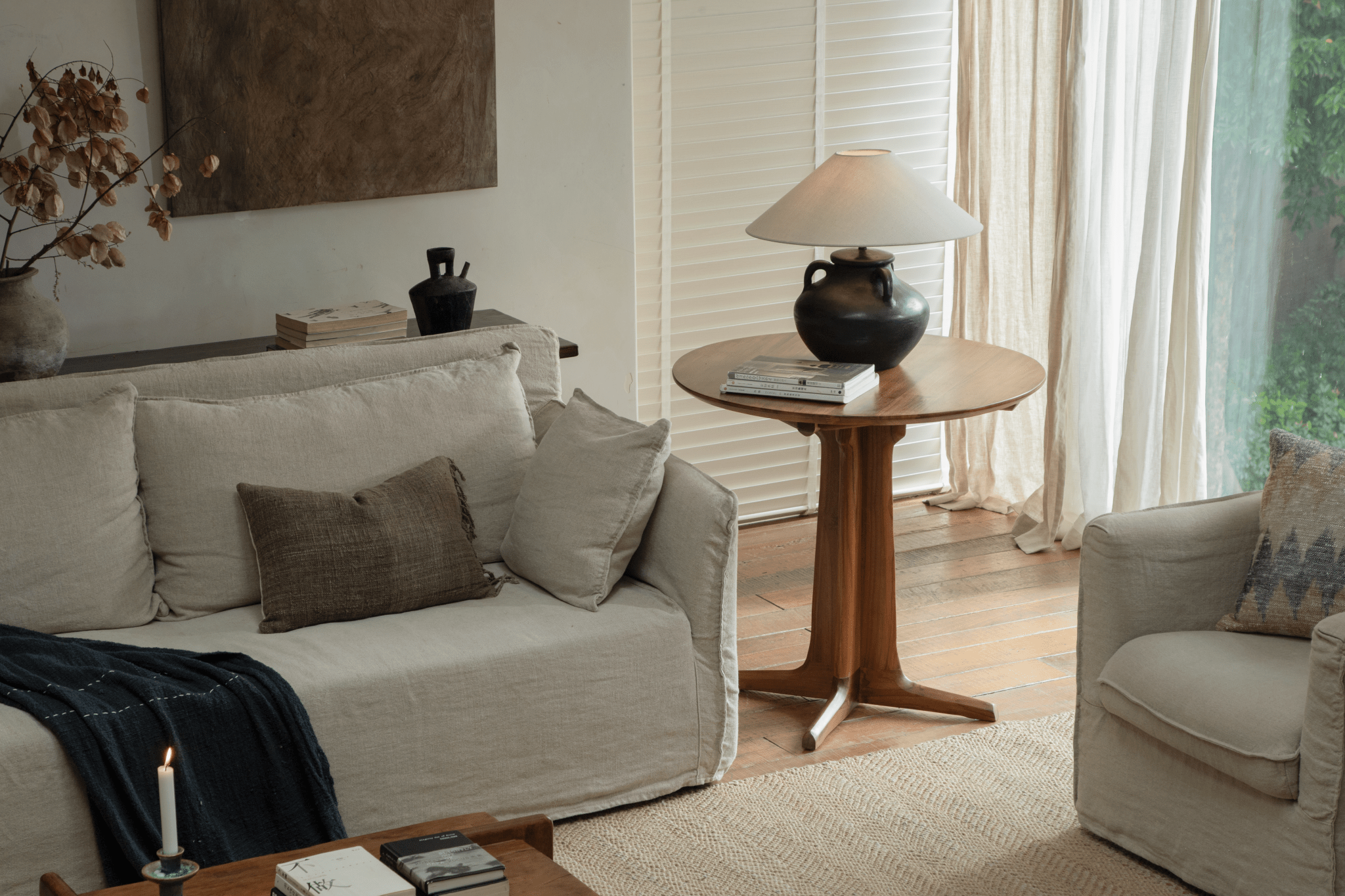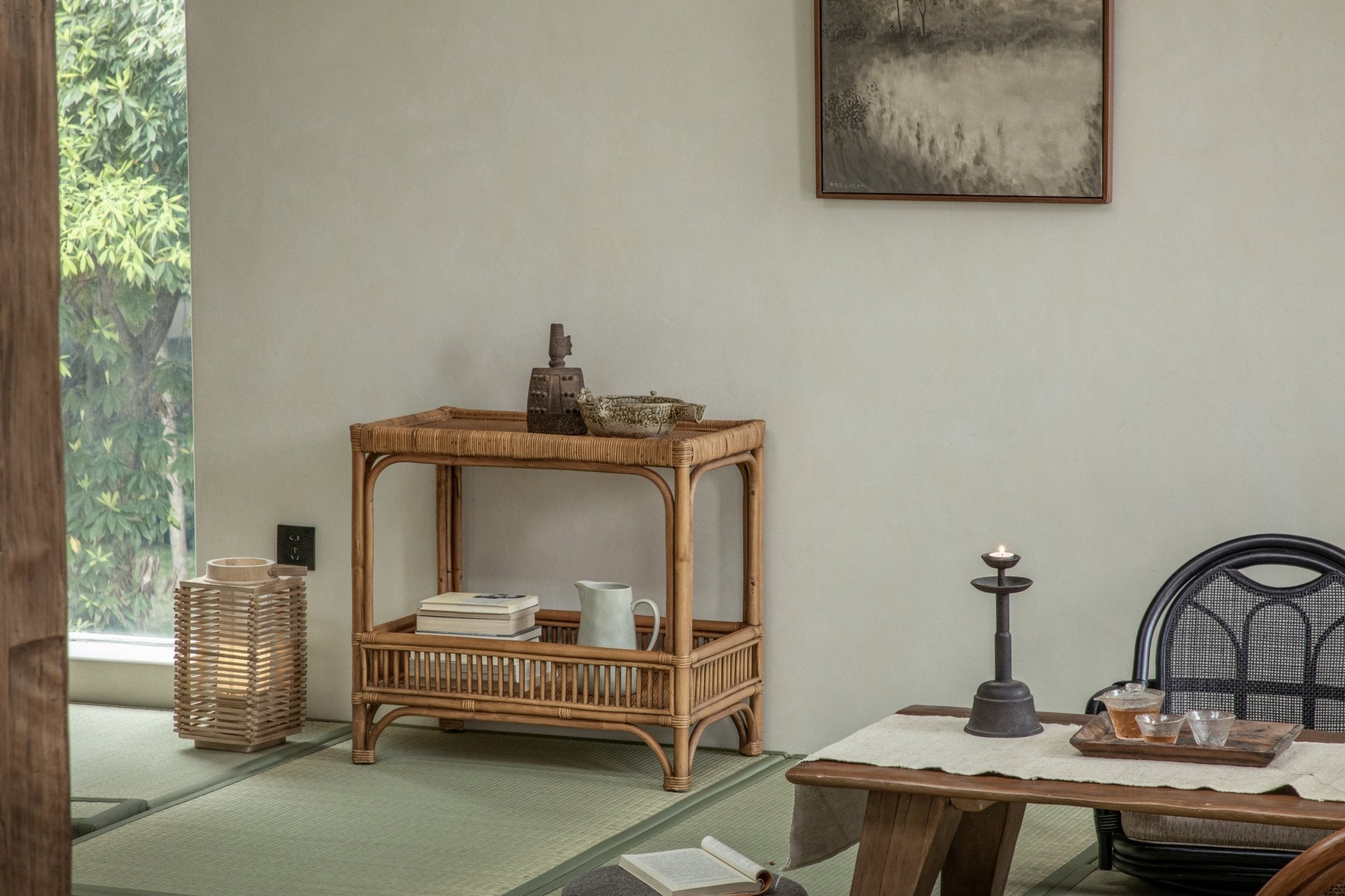
What's the Difference Between an End Table and a Side Table?
| Aspect | End Table | Side Table |
| Purpose | Surface within easy reach beside seating | Flexible surface for styling, lighting, or extra space |
| Placement | End of sofa or next to a chair | Beside seating, between chairs, along a wall, corner, entry, or bedside |
| Height | Match sofa/chair arm (±2in) | Match function (e.g., lamp shade center near seated eye level) |
| Typical width | 16–24in (compact) | 14–30in (from slim to statement) |
| Best for | Daily reach: drinks, remotes, lamp | Styling, lamp anchor, display, floating surface, mini console, nightstand |
| Clearance | 3–6in from seat edge | Keep walkways clear: 30–36in |
| Choose this if | Need a reliable, reachable surface next to a seat | Need flexible placement, styling impact, or extra surface away from armrests |
Choosing small tables can feel tricky because stores often use the labels interchangeably. The real differences come down to placement, height, and function. This piece breaks things down simply to look at what sets an end table apart from a side table, plus tips on picking the best match for your needs.
End Table: Sofa- or Chair-Adjacent for Easy Reach
An end table is a table that is placed at the end of a sofa or directly beside a chair. The most important thing for it is how easy it is to reach. Think about things like drinks, remotes, a book, or a reading lamp. Because it lives next to seating, its height should be the same as the arm of the sofa or chair – ideally within 2 inches. This keeps the surface comfortable to use without you having to reach around.
Side Table: Flexible Placement for Styling and Function
A side table is more versatile. It can sit next to seating, float between two chairs, tuck along a wall, act like a mini console in a small space, or even serve as a nightstand. Side tables come in more shapes and sizes, from a slim round side table to a bold geometric side table that acts like a statement piece.

Core Differences and Use Cases of End Table and Side Table
Now that we have the definitions in mind, the next step is to match the table to the task. This section illustrates how these differences manifest in real rooms.
Placement
End table: Lives right beside a seat—end of a sofa or next to a chair.
Side table: Can go almost anywhere—a reading nook, in an entry, between lounge chairs, against a wall, or at the far corner of a sectional.
Height Targets
End table: Top should be level with, or within ±2 inches of, the arm height for easy reach.
Side table: Height depends on use. For lamps, aim for the middle of the shade to sit near seated eye level. For display or plants, match sightlines with nearby furniture.
Size and Footprint
End table: It is usually kept compact so that traffic can still get through. Typical top widths are 16–24 inches.
Side table: A wider range is available. It can be slim and small for tight rooms or larger for visual weight. Many reclaimed wood side tables are a bit bigger than this one and can make a space feel more complete.
Function and Storage
End table: Things you use every day, like coasters, remotes, glasses and a small lamp. If you have a lot of things that you don't use often, you should use a drawer or a shelf at the bottom.
Side table: You can use it to style your home, or as a lamp, bookshelf, plant stand, or a place to set a snack when you have guests. A rattan end table or a round side table can be used for storing light items if it has a shelf or basket base.

End Table or Side Table: Choosing the Right One for Your Space
When choosing a table, you need to think about how it will be used and what it will look like. To choose the right table, think about what you need and how your space is laid out.
- Begin by using the function: Do you need somewhere to put your books, drinks, or lamp next to your sofa? That's an end table. Want to add style or fill a gap? A decorative or sculptural side table might be a better choice.
- Think about where to put it: End tables are perfect for tight spots, like between furniture and walls. In open areas or corners, a geometric side table or a round side table can be both practical and attractive.
- Check height: Make sure it's level with or a few inches below the arm of your sofa or chair so that you don't have to reach for it awkwardly.
- Think about the material and the style: If your home décor is rustic, a side table made from reclaimed wood will bring a warm feel to your room. If you want a room to feel airy or tropical, a rattan end table is a great way to add texture and lightness.
- You can mix and match the items: Some rooms use one end table and one more stylish side table to achieve balance – a practical and fashionable combination.
Common Mistakes to Avoid with End Tables and Side Tables
Even well-selected tables can detract from a room's appeal if not positioned or decorated thoughtfully. Avoiding common mistakes can help maintain a balanced, inviting atmosphere in your living area.
Going Too Tall
Placing a table taller than your sofa arm can create an awkward visual imbalance and make it uncomfortable to set down or pick up items. Aim for a table height that's within 2 inches of your sofa's armrest for optimal comfort and style.
Blocking Walkways
Oversized side tables can obstruct traffic flow, making the space feel cramped. Ensure there's at least 18 inches of clearance between furniture pieces to maintain an open and accessible layout.
Matching Everything
Using identical tables can make a room feel monotonous. Instead, mix and match styles, materials, and shapes while keeping heights consistent to add visual interest and depth.

Ignoring Rug Thickness
A thick rug can lower the effective height of your table, making it harder to reach items. When measuring for table height, consider the thickness of your rug to ensure functionality isn't compromised.
Skipping Cable Management
Lamps and other electronics require power sources. Plan for cord management by using cord covers or placing cords along baseboards to keep the area tidy and safe.
FAQs on End Tables and Side Tables
Q: Can I use a side table as an end table?
Yes. A side table can work as an end table if it matches your sofa or chair height and fits your décor. The key is to make sure you can reach items on the table comfortably when seated. According to design advice, a good rule is that the table's height should be within two inches of your furniture's armrest; this applies whether you're using a side table or a dedicated end table.
Q: What's the ideal height for an end table?
A comfortable end table height is between 18 and 24 inches tall. The best fit is within 2 inches above or below the height of your sofa or chair arm. If your sofa or chair has unusually short or deep cushions, aim for the lower end of that range—around 18 to 20 inches—so it's easier to reach.
Q: Are side tables larger than end tables?
Generally, yes. End tables are smaller and usually measure 12–18 inches wide, designed to squeeze into tight spots beside sofas.
Side tables tend to be larger, 18–26 inches wide, and more flexible in placement—next to chairs, in corners, or even acting as decorative accents.
Q: Can materials change the look?
Definitely. A reclaimed wood side table or reclaimed wood side tables pair well with rustic styles ; a rattan end table adds warmth and texture; and a geometric side table brings a modern edge. A round side table softens angles and adds flow.
Q: Should I mix styles—end table with side table?
Yes, mixing a practical end table with a more decorative side table can balance comfort and style. Designers often support mixing and matching to avoid a cookie-cutter look.
